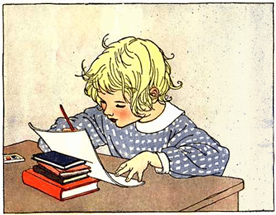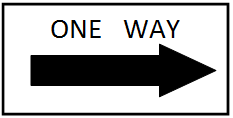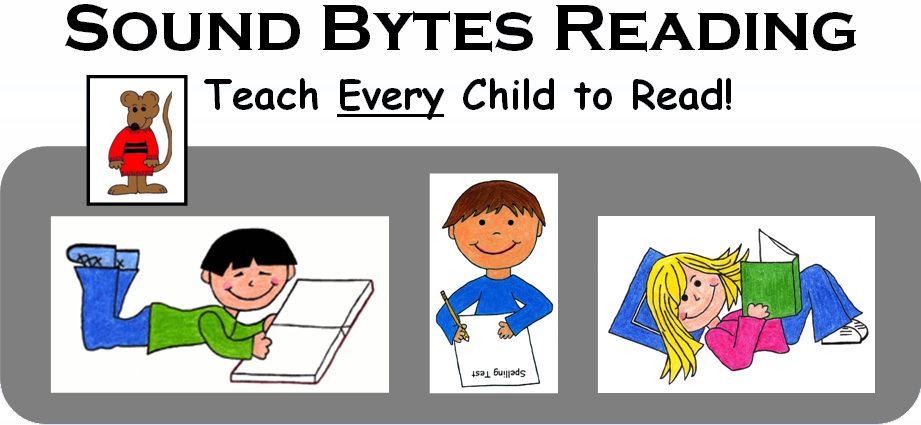Handwriting – When Should You Teach Your Child How to Print?
 At what age should your child begin to learn to print letters and numbers? Years ago, children were not expected to begin formal schooling before age six so this topic was not as much of an issue. Many parents now fear if they do not teach handwriting at an early age, their child may lag behind the other children in school.
At what age should your child begin to learn to print letters and numbers? Years ago, children were not expected to begin formal schooling before age six so this topic was not as much of an issue. Many parents now fear if they do not teach handwriting at an early age, their child may lag behind the other children in school.
Every child develops large and small motor skills when they are ready—and not necessarily when a friend does. So you may see one child who is skilled in climbing and jumping, which are large motor skills, but he cannot write well—and another child the same age who is coloring pictures and staying inside the lines, which are small motor skills, but she cannot climb well.
Generally, a child should not be expected to learn to print letters and numbers until at least age four to four and a half at the earliest. If you try to make a child write before he is developmentally ready, he may develop an intense dislike for writing. If you wait until he can hold a pencil easily and control it well before asking him to copy letters, learning to write will be a much happier experience for both of you.
How will you know when your child is ready, since some may be ready at age four and others not until much later? Give your child plenty of opportunity to use crayons, washable markers and pencils to scribble and make early attempts at drawing and coloring. The first time a child colors a picture, she will not stay inside the lines and you should not expect it. Just let her have fun. As your child gains control over her writing tool, she will begin to draw pictures that are somewhat recognizable.

If you want to understand just how difficult it is for your child to learn to write, just try writing with your non-preferred hand. If you are right-handed write with your left hand. It’s pretty hard to do and it looks much like first-grade writing. Your hand gets tired very quickly and you won’t like the results. This is how it feels for your child. The first writing practice your child does should be just a few minutes long.
When you observe that your child has fairly good control when using a pencil, you can then introduce tracing activities so your child can learn to draw vertical and horizontal lines, and later, angled lines. Don’t expect your child to be able to do this at a given age just because your friend’s child can do it.
After practicing writing lines, your child can learn to write some easy capital letters such as: F, H, I, L, T, X, and V. Don’t introduce letters with curved lines until straight lines are reasonably easy for him to copy. Check out the websites listed at the end of this blog for some free writing practice pages.
Capital letters are easier for a child to write than lower-case letters. Your child can learn the names of the letters at the same time and it is a good idea to teach only one letter at a time so the child becomes familiar with it before learning a new one.
When your child can write capital letters easily, begin to teach her to write lowercase letters—again—one at a time, and this time teach her to say the sound of the letter out loud as she writes it. This is good preparation for reading.
 Most children are pleased to learn how to write their own names, as well as a few other words like mom and dad. Teach them to write words from left to right. It may take a while for them to remember this, so be patient. It helps if you draw an arrow from left to right at the top of the page as a reminder. Your child can practice writing letters, but should wait to learn to write many words until he/she is also beginning to learn to sound words out and read them.
Most children are pleased to learn how to write their own names, as well as a few other words like mom and dad. Teach them to write words from left to right. It may take a while for them to remember this, so be patient. It helps if you draw an arrow from left to right at the top of the page as a reminder. Your child can practice writing letters, but should wait to learn to write many words until he/she is also beginning to learn to sound words out and read them.
